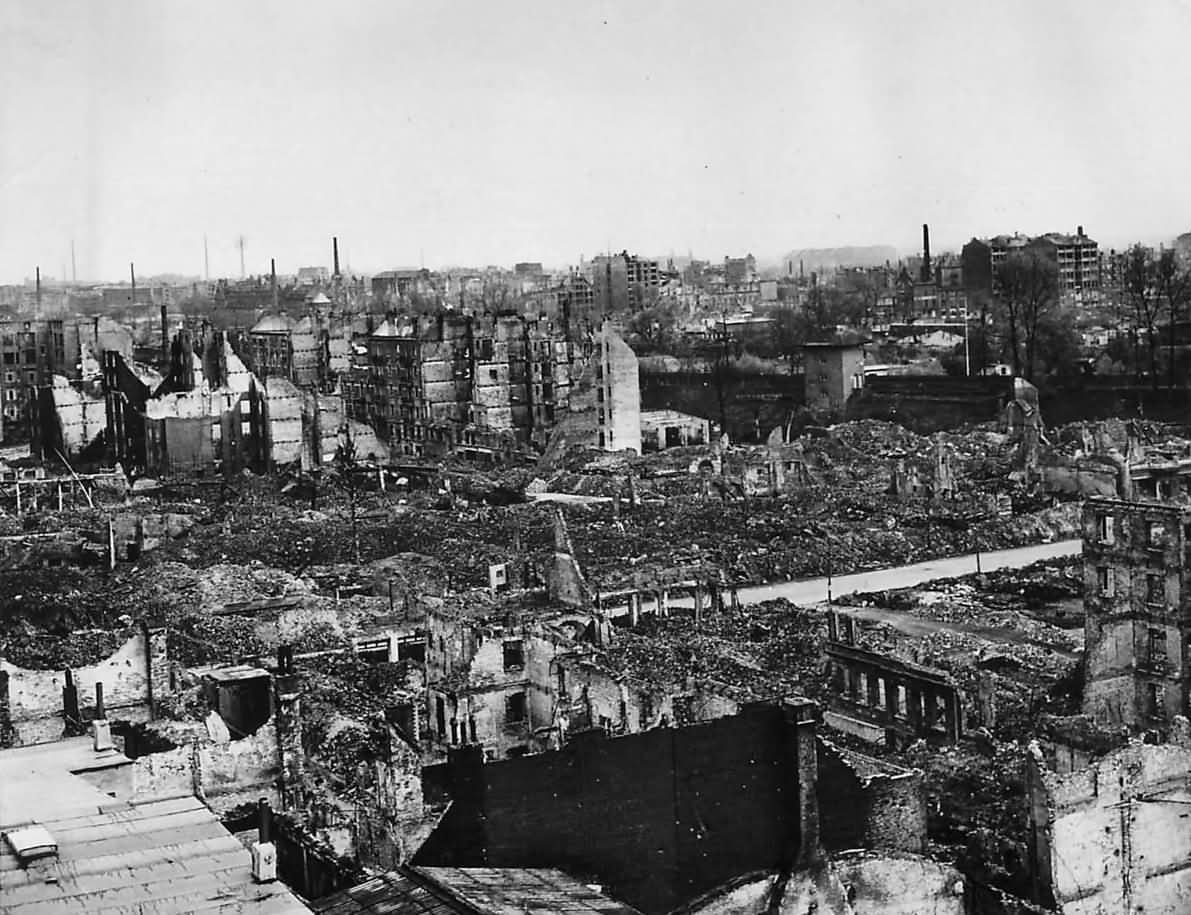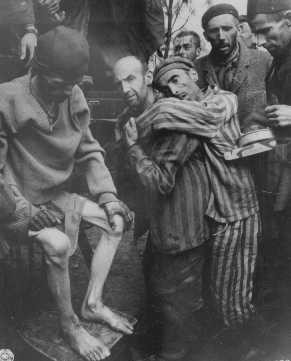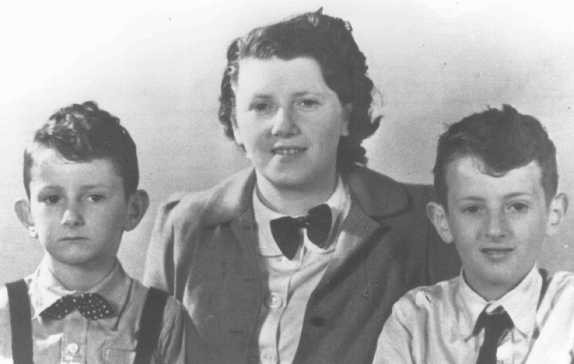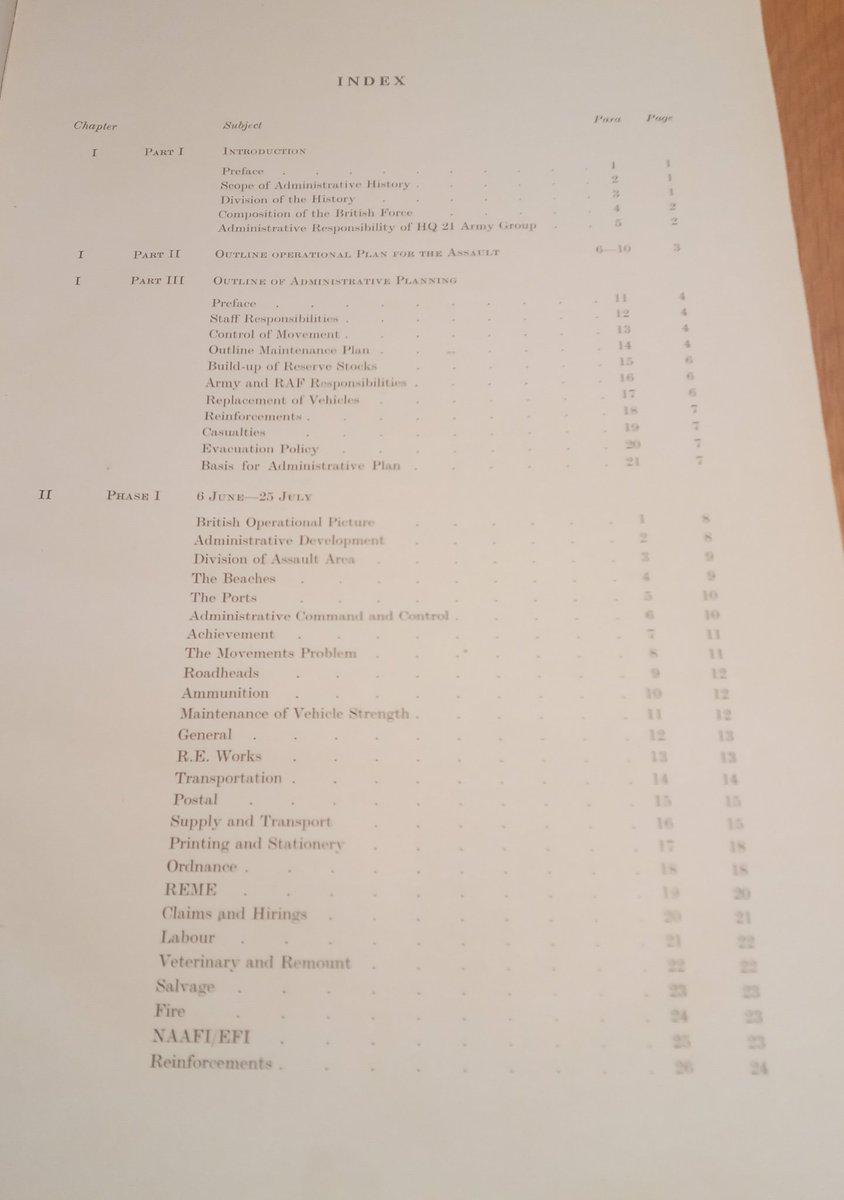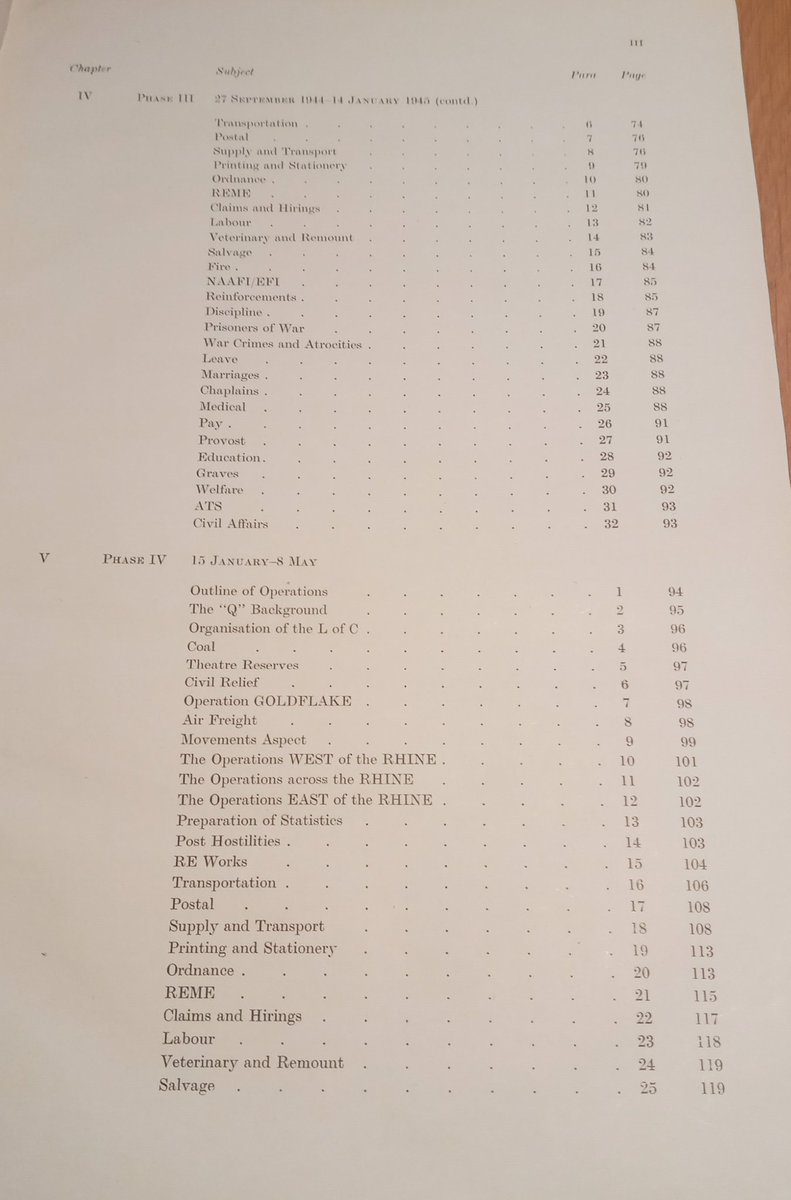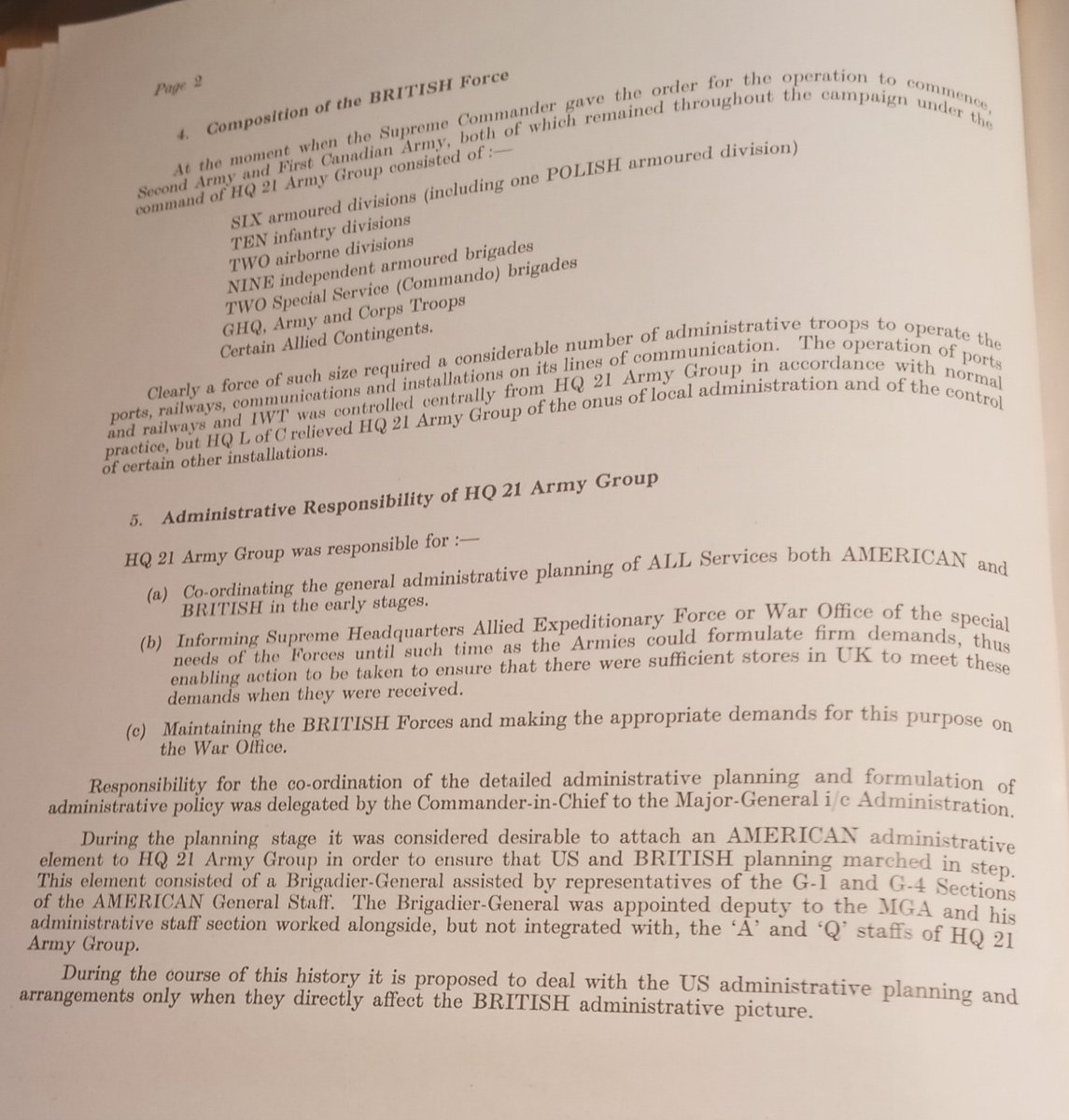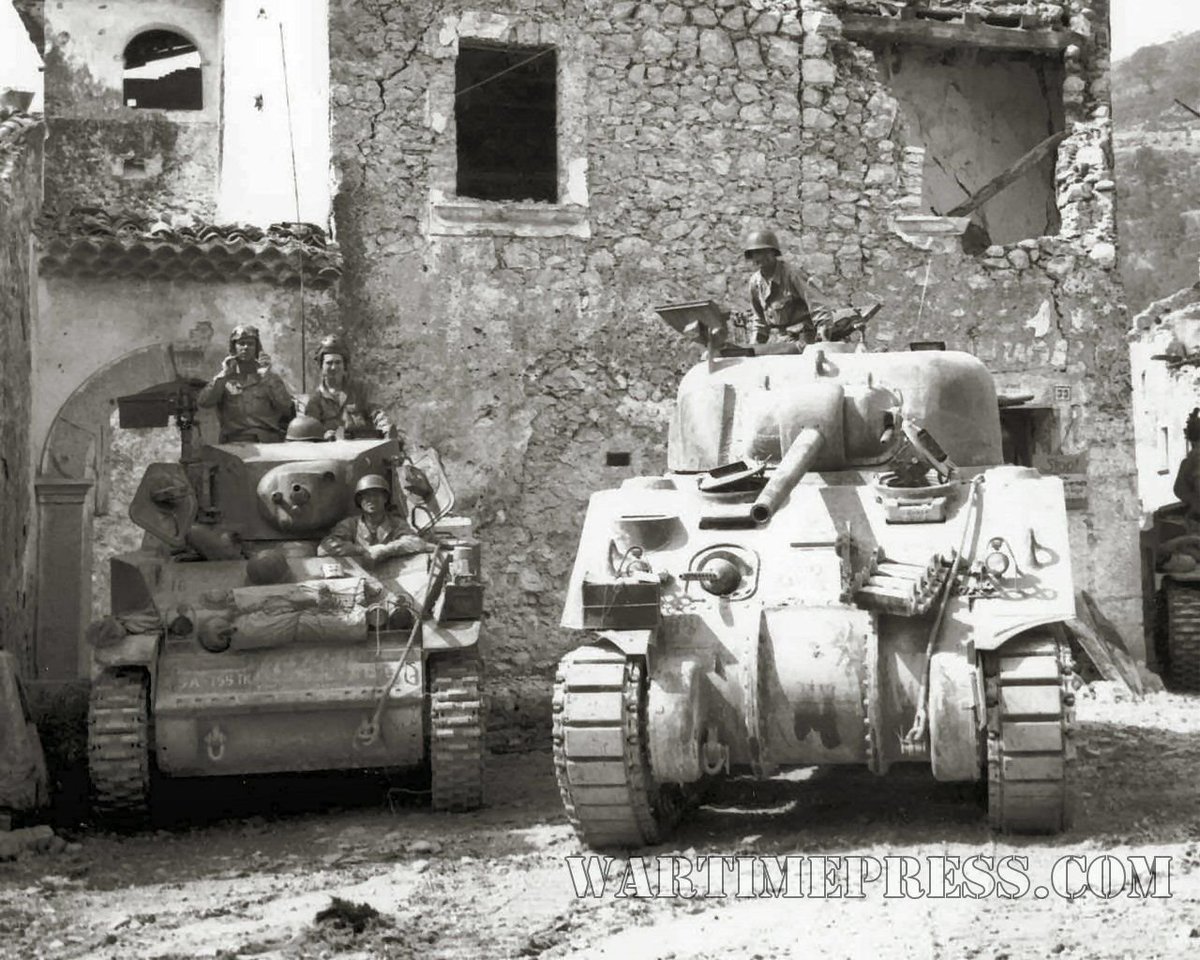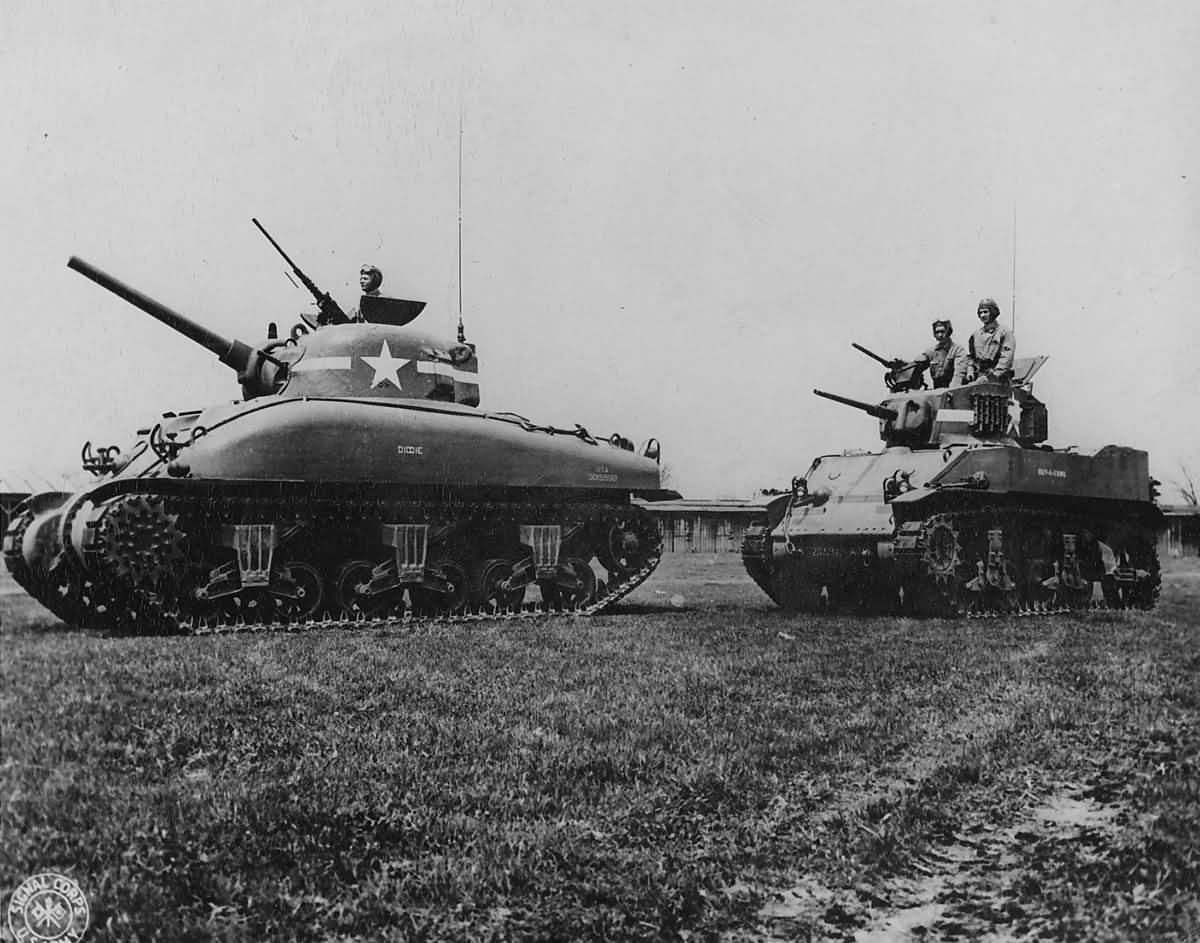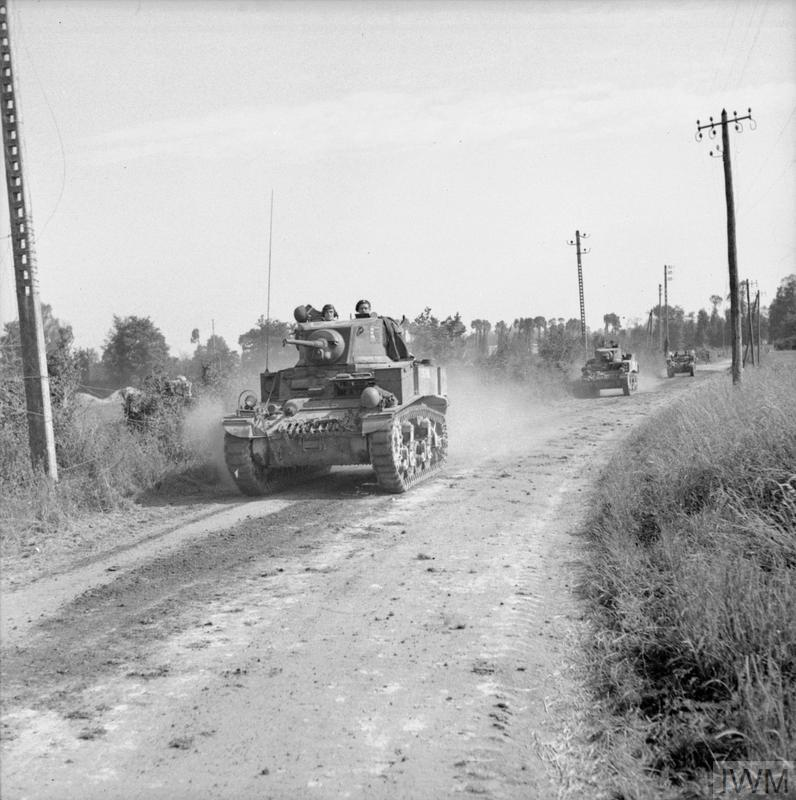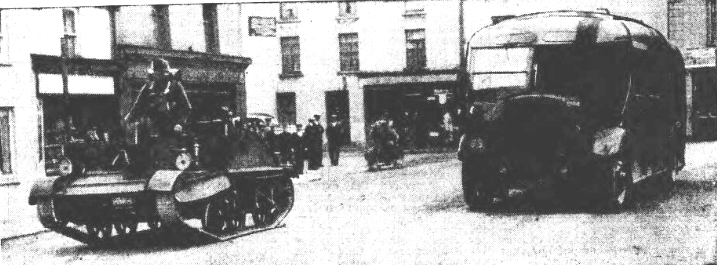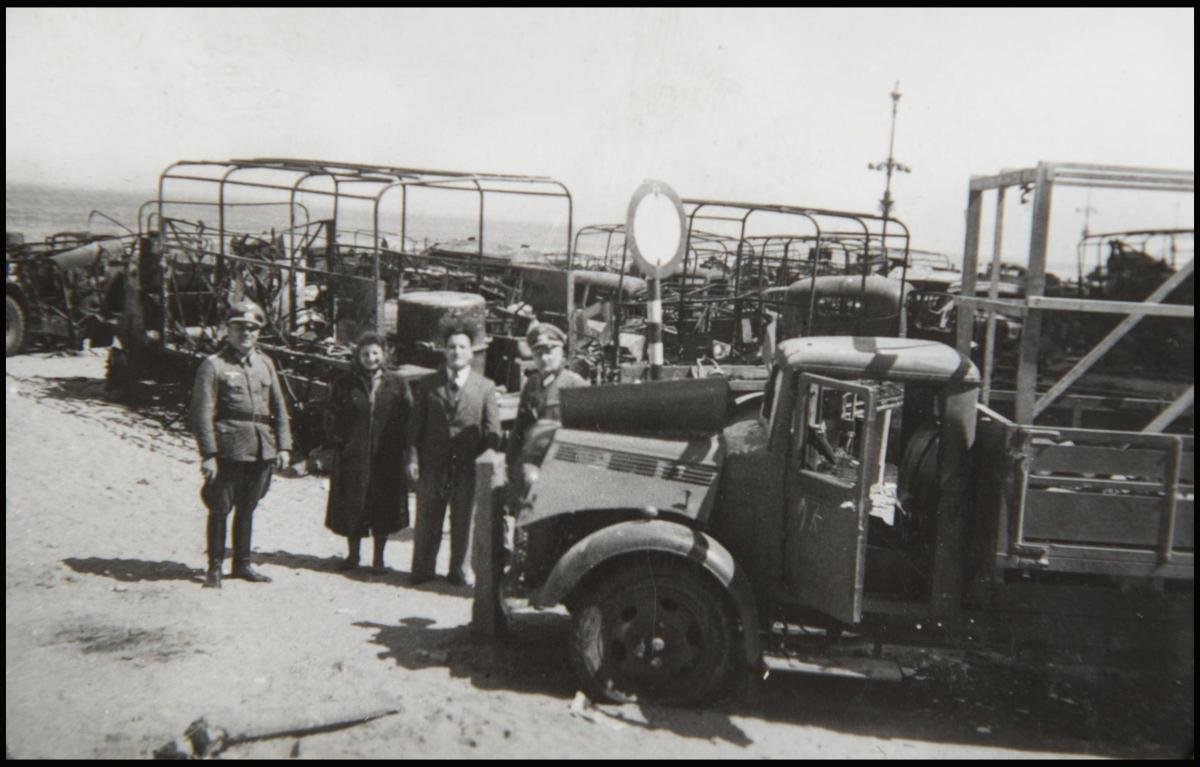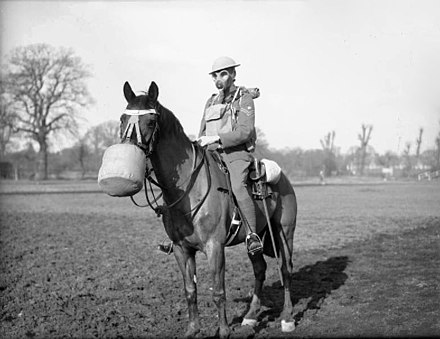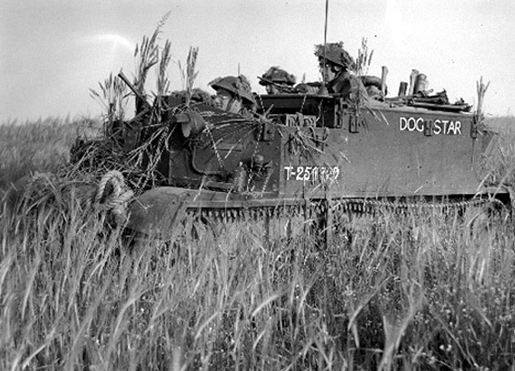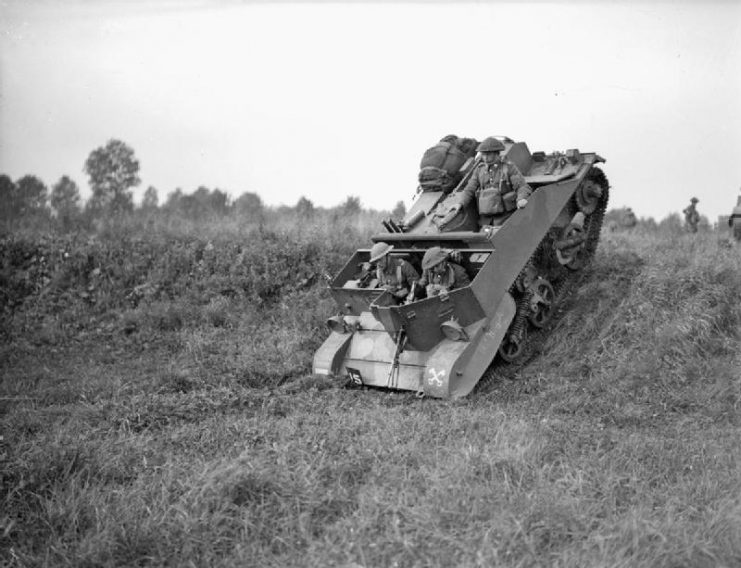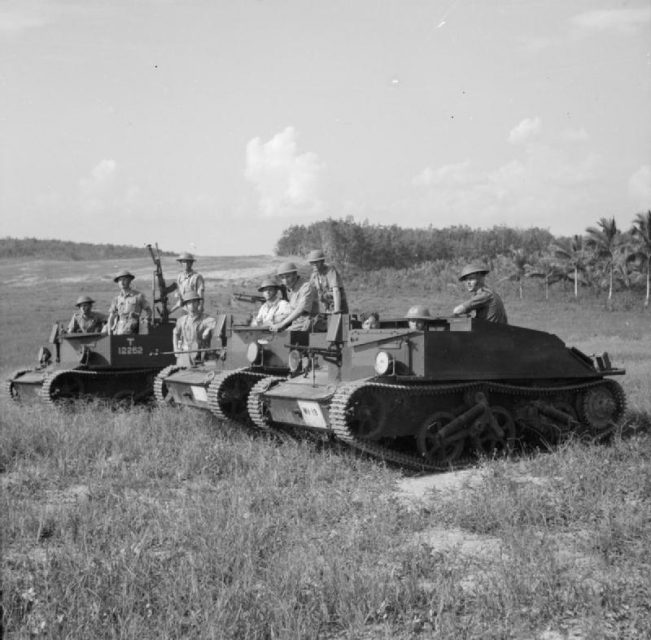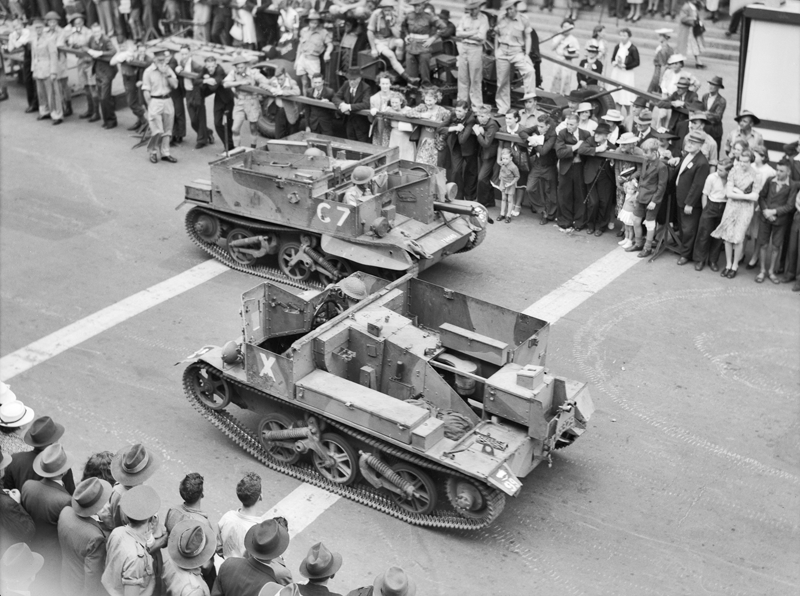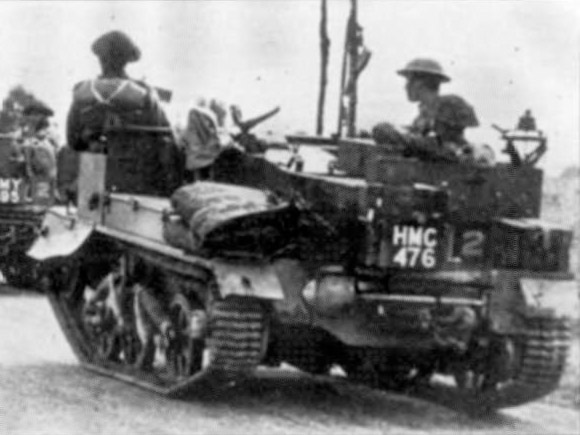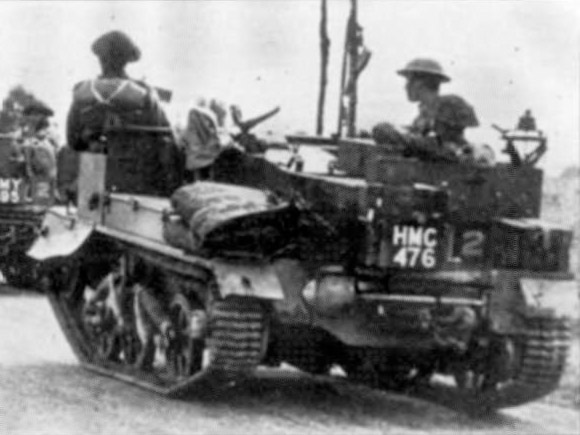
Rhino Barges
One of the dullest, coolest, more bizarre and fascinating pieces of kit used in Normandy.
Which NO ONE REALLY CARES ABOUT.
BUT I DO AND YOU SHOULD TOO.
/1
#WW2 #SWW #History
One of the dullest, coolest, more bizarre and fascinating pieces of kit used in Normandy.
Which NO ONE REALLY CARES ABOUT.
BUT I DO AND YOU SHOULD TOO.
/1
#WW2 #SWW #History
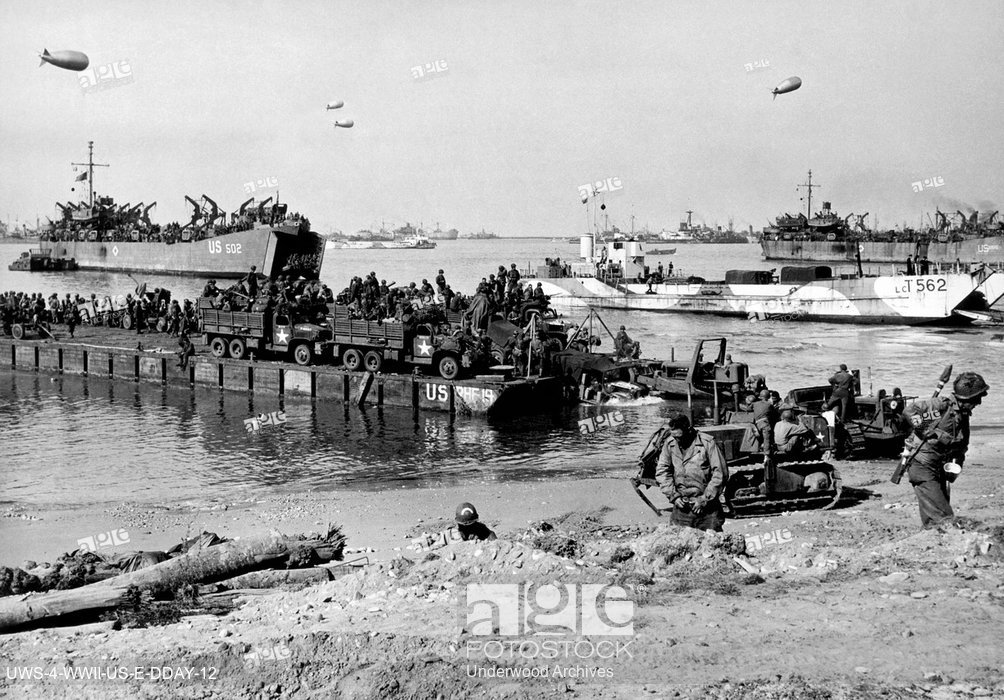
Planning for Overlord and Neptune had a serious snag, how to get troops from LSTs onto the beach as simply ramming them onto the beaches and dropping the ramp was known to damage the exceptionally vulnerable LSTs and felt to be unsustainable in the mid to long term. /2 
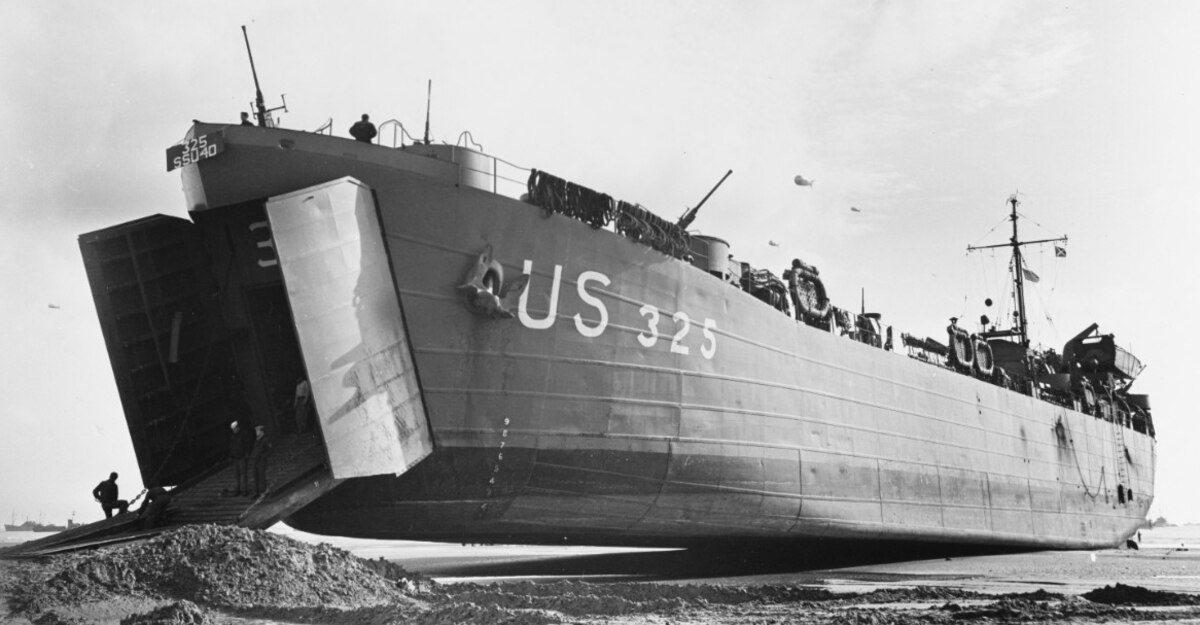
LSTs were essential in sustaining Overlord's progress and were a subject of major headaches in the planning phase, and a real subject of friction when it came to launching additional amphibious operations such as Dragoon.
A single LSTs loss represented a capability nick. /3
A single LSTs loss represented a capability nick. /3
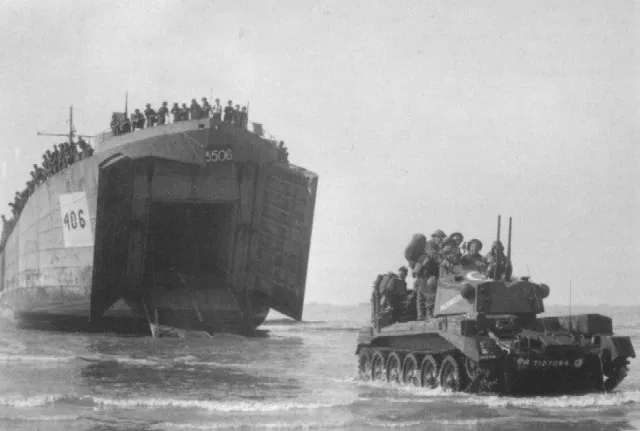
So, logic dictated, we don't really want these remarkable but rare and highly valuable vessels constantly doing beach landings, we want something to act as a medium between ship to shore, and in came the (mostly) American designed Rhino. /4 
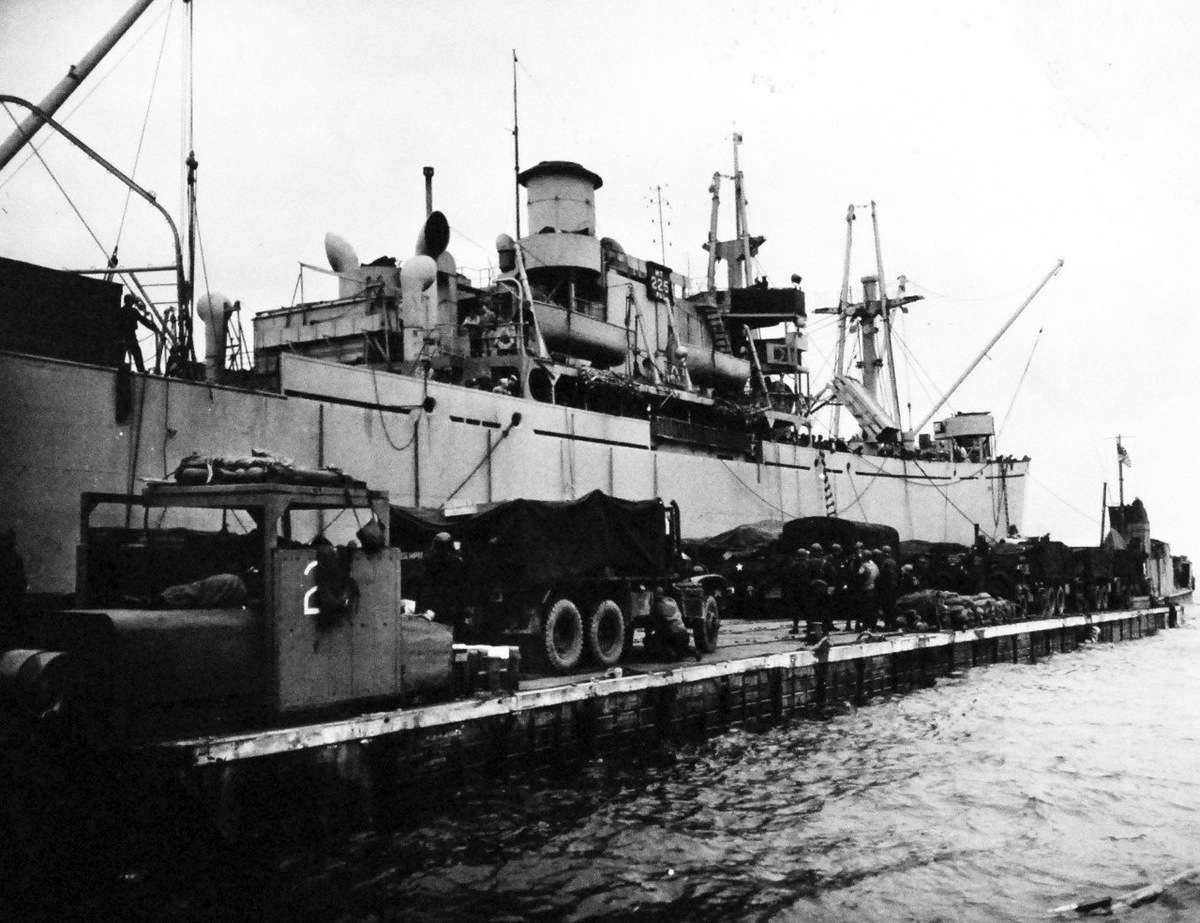
I fucking love Rhinos.
Seriously.
Graceful lines of pure industrial pedigree.
Modular.
LOOK AT IT. /5
Seriously.
Graceful lines of pure industrial pedigree.
Modular.
LOOK AT IT. /5

They were clearly POPULAR with troops disembarking from transport ships.
FULL OF GRACE.
MUCH LOVED.
THEY WERE TRUSTED.
SOLDIERS AND SAILORS HAD FAITH IN THEM.
*Undeniable goodest Rhino. /6
FULL OF GRACE.
MUCH LOVED.
THEY WERE TRUSTED.
SOLDIERS AND SAILORS HAD FAITH IN THEM.
*Undeniable goodest Rhino. /6
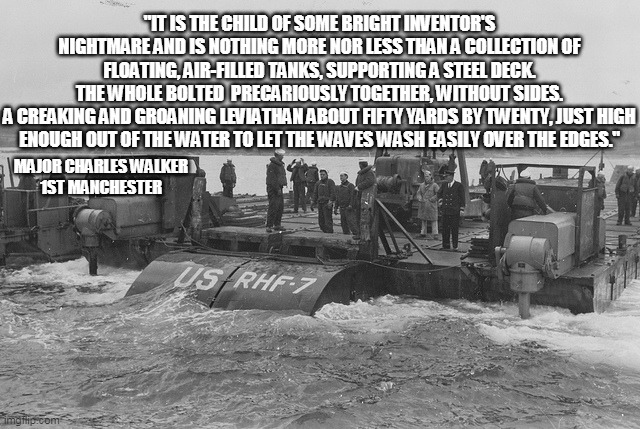
Jim Walton served in the Durham Light Infantry in their Carrier Platoon, landed in a Universal Carrier on D+4 off a Rhino barge.
"We were glad to get off the boats! It was a little bit rough. We landed on water but we didn't get wet as we were in a vehicle." /7
"We were glad to get off the boats! It was a little bit rough. We landed on water but we didn't get wet as we were in a vehicle." /7
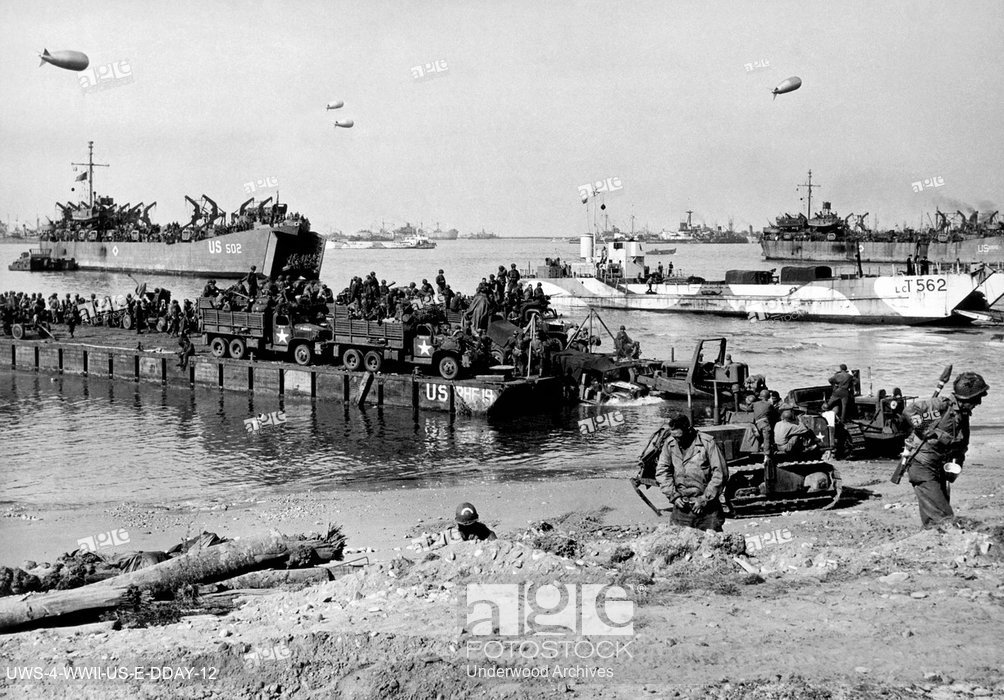
Rhinos were modular craft but many running from transport ships inland were pretty massive, say 180 ft (54m) long.
They also weighed an absolute ton when loaded, easily overtaxing the small 60 HP outboard engines. /8
They also weighed an absolute ton when loaded, easily overtaxing the small 60 HP outboard engines. /8
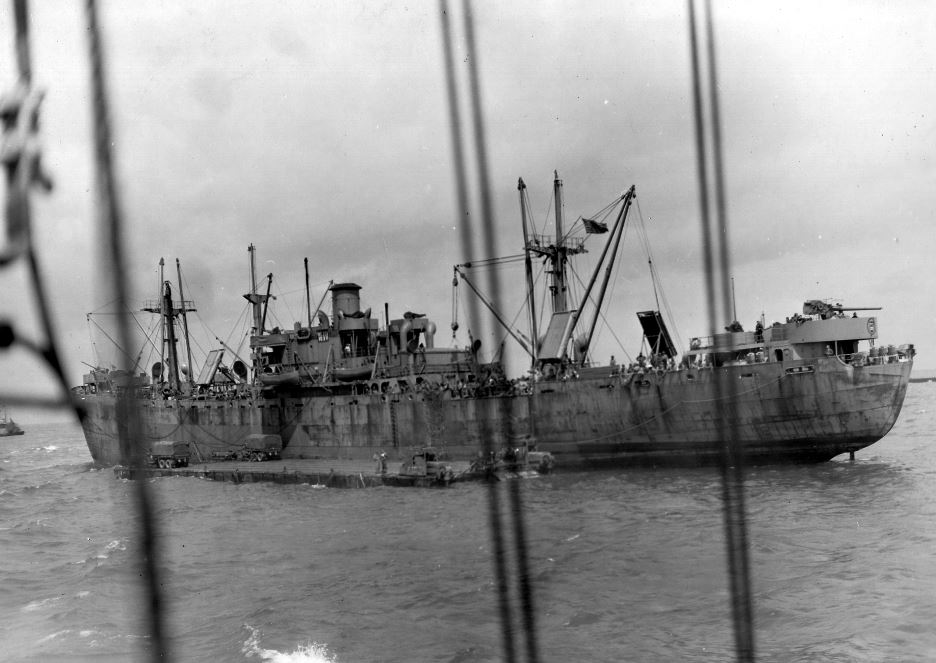
Rhinos were utter pigs to handle at the best of times with a max speed of 3 knots & LCI were occasionally assigned to marshal them as mini-tugs.
Even these were far too weak to to work deal with such wallowing beasties when fully loaded which could easily come to 500 tons. /9
Even these were far too weak to to work deal with such wallowing beasties when fully loaded which could easily come to 500 tons. /9
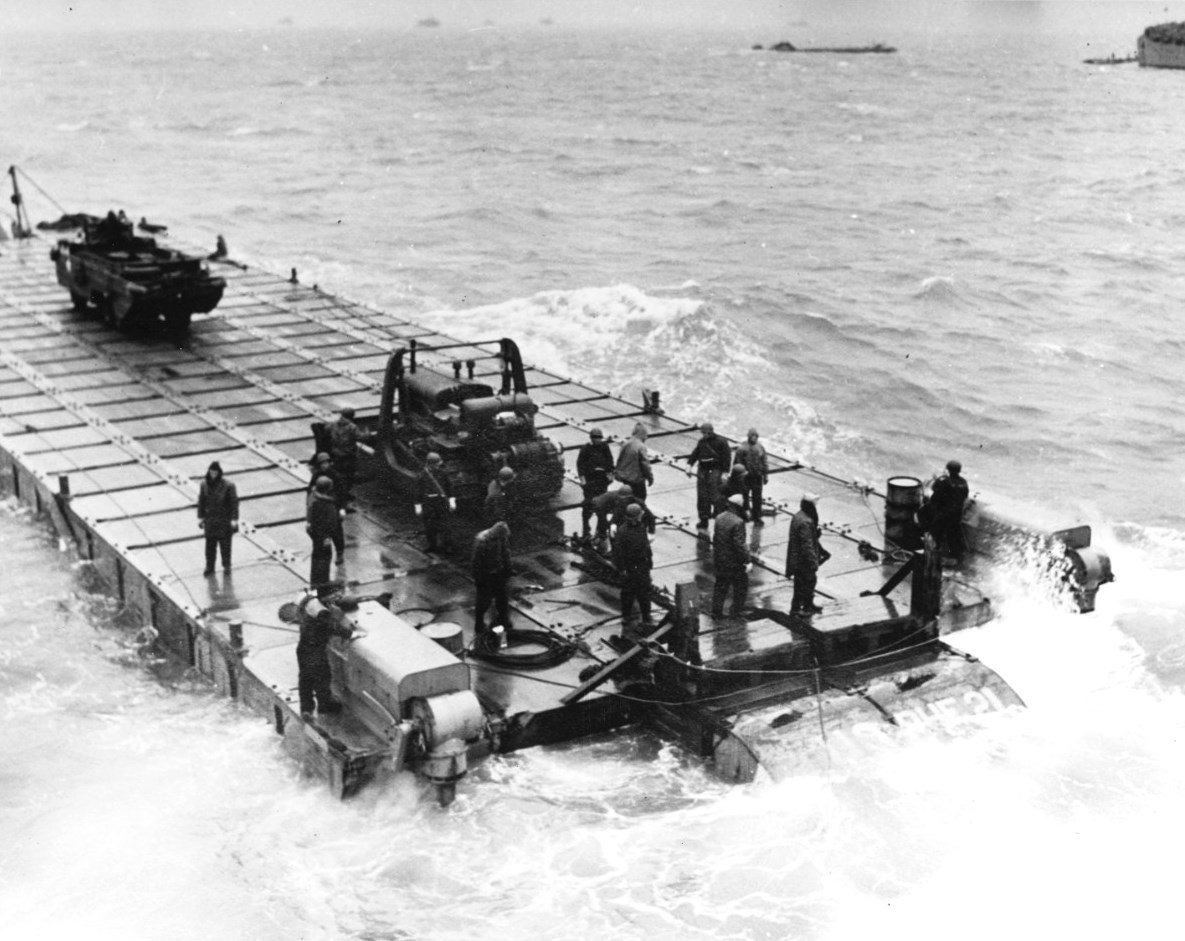
The Great Storm forced revision to the LST to rhino to beach plan, as many Rhinos suffered serious damage and performed poorly in rough weather.
This pushed the direct beaching of LSTs as closer to the norm, and reduced reliance on Rhino transfer. /10
This pushed the direct beaching of LSTs as closer to the norm, and reduced reliance on Rhino transfer. /10
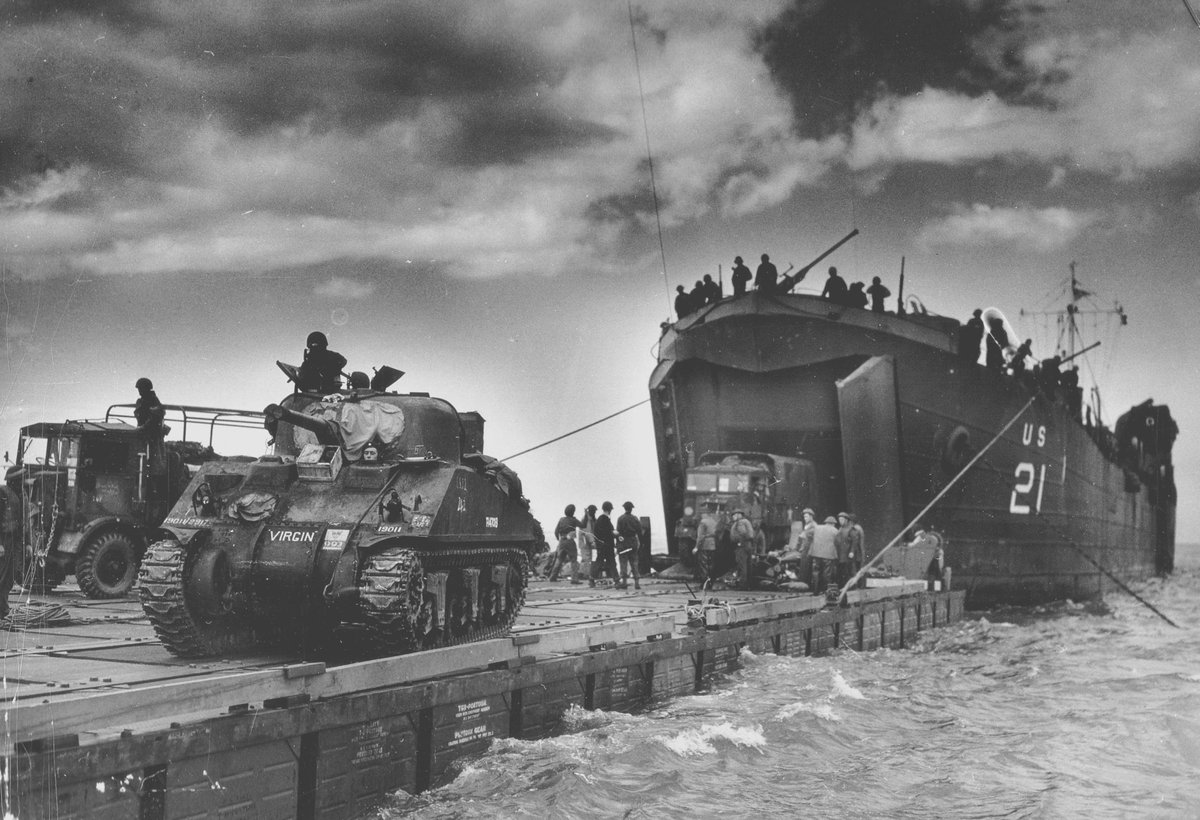
The real trade off in adopting direct beaching of LSTs as the norm was the increased number of damaged ships, but the Admiralty came to approach of the move as it allowed much faster unloading - and LST repair turn around was much better than feared. /11
Rhino ferries continued in use in providing additional unloading capacity away from Mulberry B, also seeing use as pontoons. /12 
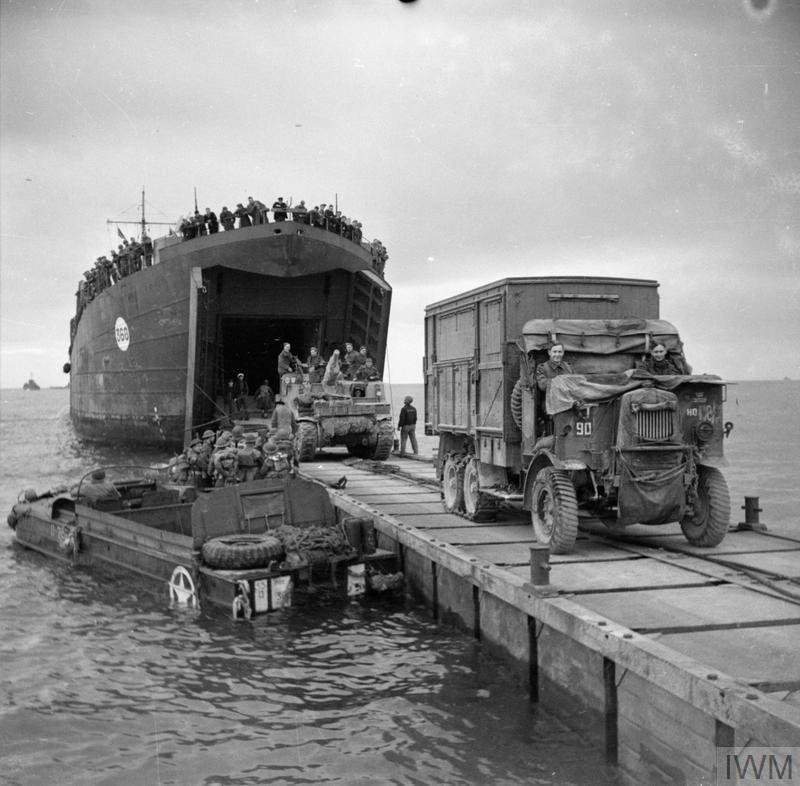
There's an awful lot of stories of Rhino misadventures whilst unloading, where their lack of power led to some exceptionally hairy escapades, and flat out fiasco, but these were a remarkable leap forward. /13 
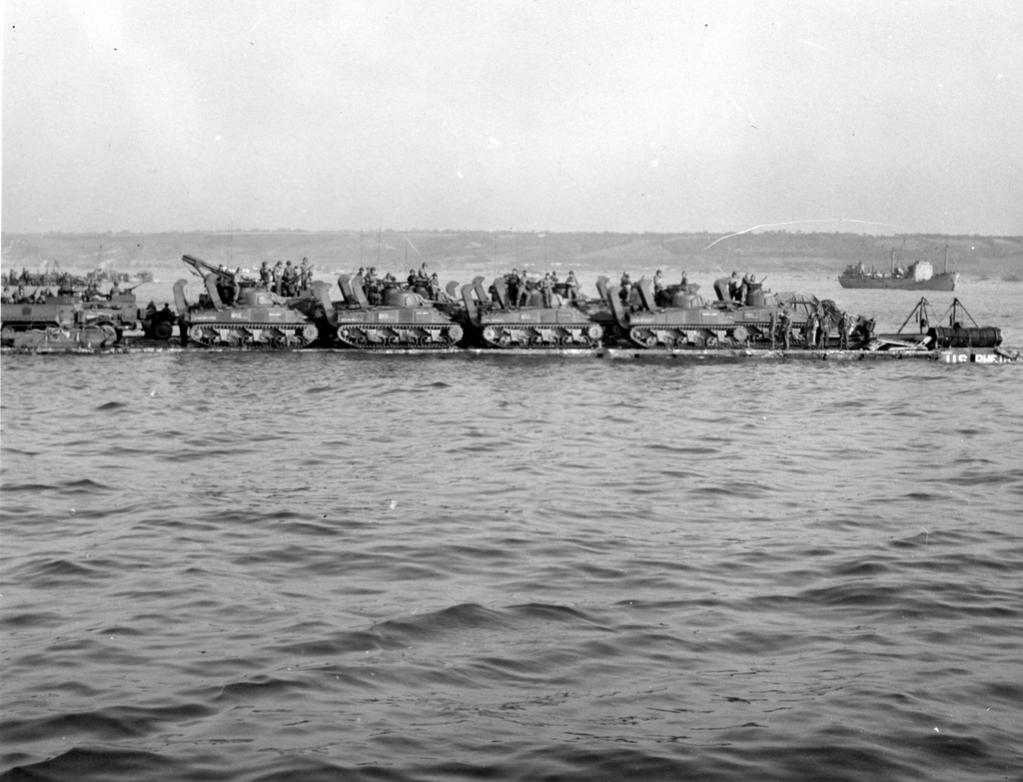
Unsurprisingly, the idea soldiered on.
As a simple, modular system to build pontoons and ferries is undeniably useful.
So the next time you see one of these, raise a glass to Rhino.
AS CURRENTLY ALMOST NO ONE ELSE WILL BUT ME. /thread
As a simple, modular system to build pontoons and ferries is undeniably useful.
So the next time you see one of these, raise a glass to Rhino.
AS CURRENTLY ALMOST NO ONE ELSE WILL BUT ME. /thread
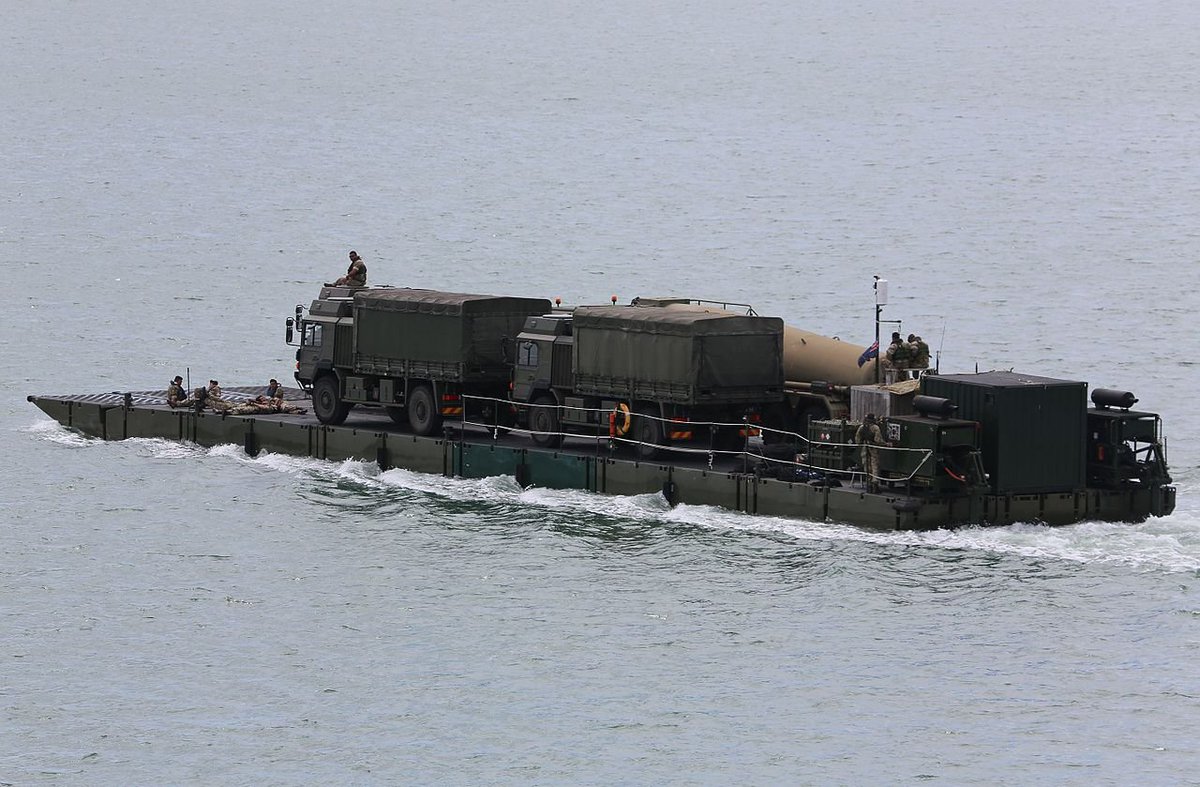
• • •
Missing some Tweet in this thread? You can try to
force a refresh

